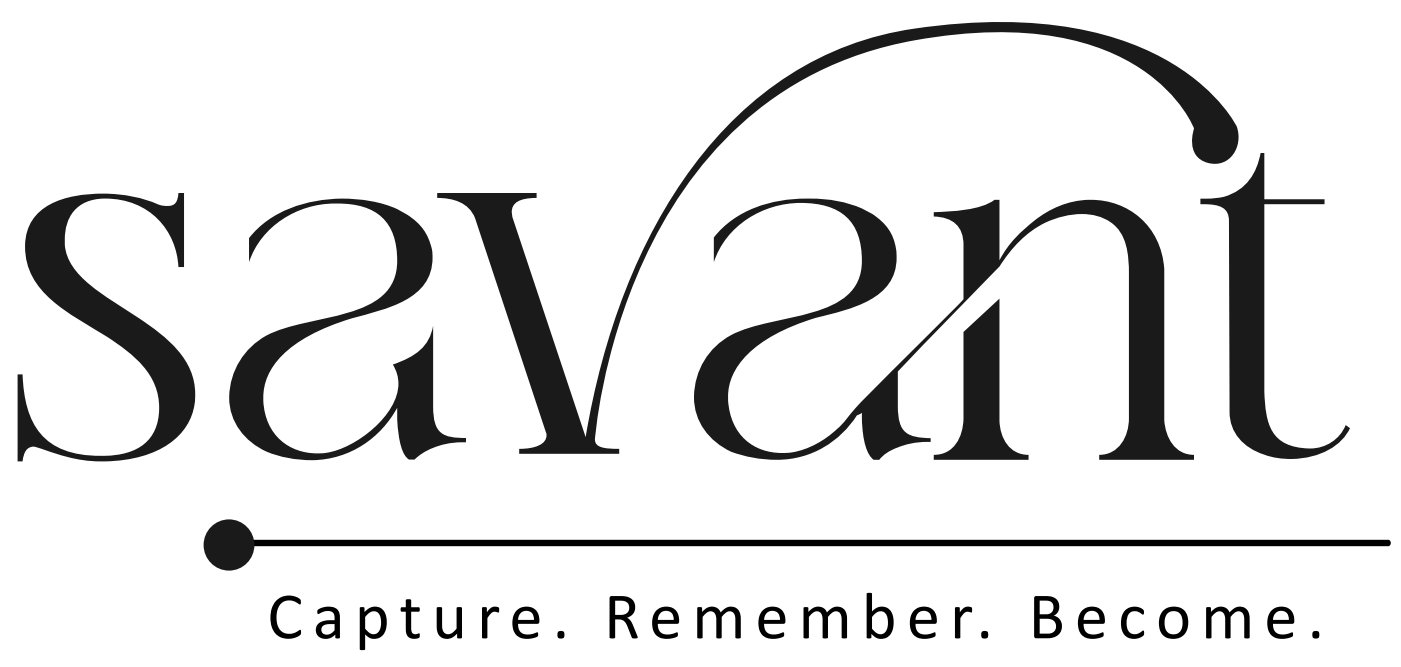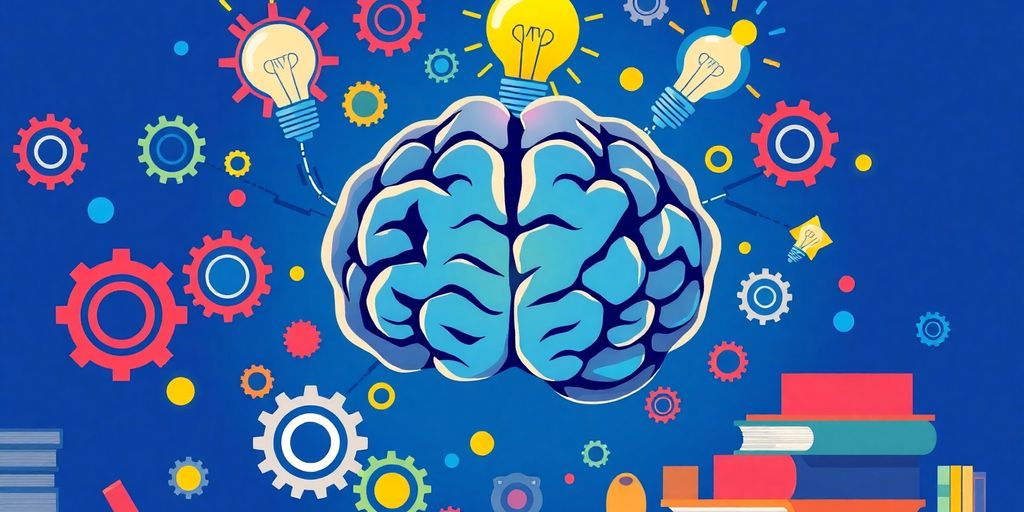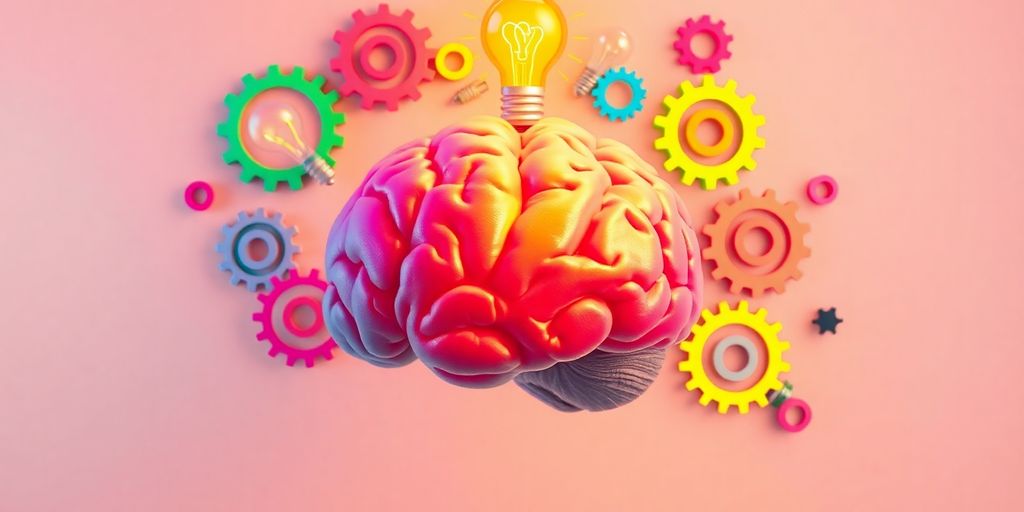Memory is a vital part of our lives, shaping everything from our daily tasks to significant events. Whether you’re a student trying to ace exams or someone who just wants to remember names better, knowing how to boost your memory can make a huge difference. In this article, we’ll explore ten practical strategies you can use to enhance your memory and improve your learning experience.
Key Takeaways
- Using techniques like the Memory Palace can help organize information.
- Mnemonics and visualization make recalling facts easier and more fun.
- Active recall and spaced repetition are essential for long-term memory retention.
- Physical exercise and a healthy diet support brain function and memory.
- Regular meditation can reduce stress and improve focus, enhancing memory.
1. Memory Palace

Okay, so the Memory Palace, or Method of Loci, is a seriously cool technique. It’s like creating a mental map of a place you know super well – your house, your route to work, whatever. Then, you stick the things you want to remember in different spots along that route. It sounds weird, but trust me, it works. It’s a great way to use visualization to enhance memory.
Think of it as your brain’s personal filing system, but instead of boring folders, you’ve got vivid images in a place you know like the back of your hand. It’s way more fun than rote memorization, and honestly, it’s kind of like a superpower once you get the hang of it.
Think of it as your brain’s personal filing system, but instead of boring folders, you’ve got vivid images in a place you know like the back of your hand. It’s way more fun than rote memorization, and honestly, it’s kind of like a superpower once you get the hang of it.
Here’s how I usually do it:
- First, pick your "palace." Keep it simple, like your apartment.
- Next, decide on a route. Front door, living room, kitchen, bedroom – you get the idea.
- Then, when you need to remember something, picture it in a crazy, unforgettable way and "place" it along your route. Need milk? Picture a giant carton of milk blocking your front door.
2. Mnemonics
Okay, so mnemonics are basically memory tricks! They’re all about making information easier to remember by associating it with something else – a song, a rhyme, an image, anything that sticks in your brain. It’s like giving your memory a little boost. They can be super helpful for remembering lists, facts, or anything that you find hard to recall.
Think of it this way: your brain loves patterns and connections. Mnemonics help you create those patterns, turning boring information into something more engaging and memorable. It’s honestly kind of fun!
3. Active Recall
Okay, so active recall is like giving your brain a workout. Instead of just passively rereading your notes (yawn!), you’re actively trying to pull the information out of your head. Think of it as a mental pop quiz, but you’re the teacher and the student! It might feel a little tougher at first, but trust me, it’s way more effective for long-term memory.
Here’s the deal: when you actively try to remember something, you’re strengthening the neural pathways in your brain. It’s like building a muscle – the more you use it, the stronger it gets. Plus, it helps you identify what you actually know versus what you think you know. No more fooling yourself!
Here are a few ways to get started with active recall:
- Flashcards: Old school, but they work! Write a question on one side and the answer on the other. Quiz yourself regularly.
- The "Blurting" Method: Read a section of your notes, then close them and try to write down everything you remember. Don’t worry about being perfect – just get it all out. Then, check your notes to see what you missed.
- Teach Someone Else: Explaining a concept to someone else is a great way to test your understanding. If you can’t explain it clearly, you know you need to study it more.
Active recall might feel challenging at first, but stick with it! It’s one of the most effective ways to boost your memory and improve your learning. Plus, it’s kind of fun to see how much you can actually remember.
4. Spaced Repetition
Okay, so spaced repetition is like, the opposite of cramming. We’ve all been there, right? Trying to shove a semester’s worth of info into our brains the night before a big exam. It’s stressful, and honestly, it doesn’t really work that well in the long run. Spaced repetition is all about reviewing material at increasing intervals. Think of it as giving your brain little nudges to remember stuff, instead of one big shove.
The idea is that you review information shortly after learning it, then again after a longer period, and then again after an even longer period. This helps move information from your short-term memory to your long-term memory. It’s like building a muscle – you don’t just lift weights once and expect to be buff forever. You gotta keep working at it!
I’ve found that using flashcards is a great way to implement spaced repetition. There are also apps like Anki that can help you schedule your reviews. It might seem like more work at first, but trust me, it pays off in the long run. You’ll actually remember what you’re learning, and you won’t have to stress out as much before tests. Plus, you can use a transformative learning technique to really get the most out of your study sessions.
Spaced repetition isn’t just about memorizing facts; it’s about understanding concepts. By reviewing material over time, you give yourself the opportunity to make connections and see the bigger picture. It’s a more effective and enjoyable way to learn.
Here’s a simple example of how spaced repetition might work:
- Learn something new on Monday.
- Review it again on Tuesday.
- Review it again on Friday.
- Review it again the following week.
- Review it again a month later.
See? It’s not rocket science. Just a little bit of planning and consistency can make a huge difference in your memory and learning.
5. Visualization
Okay, so visualization might sound a bit out there, but trust me, it’s super useful for boosting your memory! It’s all about creating mental images to help you remember things better. Think of it like making a movie in your mind – the more vivid and detailed, the better. By creating a mental picture of what you’re trying to remember, you engage more parts of your brain, making it easier to recall later. It’s like your brain has a natural ability to recall images more easily than words or numbers.
For example, let’s say you need to remember to buy milk, eggs, and bread. Instead of just repeating those words, picture a carton of milk wearing a crown, a giant egg cracking open to reveal a tiny loaf of bread, and so on. The crazier, the better! It’s all about making those mental images stick. If you’re curious about more advanced memory techniques, consider exploring the Memory Palace.
6. Mind Mapping
Mind mapping is a super useful way to visually organize your thoughts and ideas. It’s like brainstorming, but with a structure that helps you see connections you might otherwise miss. I used to just write lists, but mind mapping has seriously changed the game for me. It’s not just about jotting down notes; it’s about creating a visual representation of your thinking process. This can lead to better memory retention and a clearer understanding of complex topics.
Here’s why I think you should give it a shot:
- It helps you see the big picture.
- It makes complex information easier to digest.
- It’s a fun and creative way to learn and remember things.
I find that mind mapping is especially useful when I’m trying to plan a project or untangle a complex problem. It helps me break things down into manageable chunks and see how everything fits together. Plus, it’s way more engaging than staring at a blank page.
7. Meditation
Meditation isn’t just for monks anymore; it’s a real game-changer for your brain! I know, I know, it sounds a little out there, but hear me out. Regular meditation can seriously boost your memory and focus.
Think of your brain as a busy street. Meditation is like a traffic cop, clearing the way for smoother traffic flow. It helps reduce stress, which is a major memory killer. Plus, it trains your brain to focus, making it easier to remember things in the first place.
Meditation is like hitting the reset button for your mind. It’s a way to declutter your thoughts and create space for new information to stick.
Here’s the deal: you don’t need to sit in a lotus position for hours. Even a few minutes a day can make a difference. There are tons of apps and guided meditations online that can help you get started. Give it a try – your brain will thank you!
8. Physical Exercise
Okay, so you might be thinking, "What does hitting the gym have to do with my memory?" Well, turns out, quite a lot! Physical activity isn’t just about keeping your body in shape; it’s also a fantastic way to boost your brainpower. Think of it as a two-for-one deal – you get fitter and smarter at the same time. Who wouldn’t want that?
Regular exercise gets your blood pumping, and that includes blood flow to your brain. This increased blood flow delivers more oxygen and nutrients, which are essential for cognitive function. Plus, exercise helps release all sorts of good stuff in your brain, like endorphins, which can improve your mood and reduce stress. And let’s be honest, a less stressed brain is a brain that remembers things better.
It’s easy to think you need to spend hours doing intense workouts to see a difference, but even small amounts of physical activity can have a big impact on your memory. So, find something you enjoy and make it a regular part of your routine. Your brain will thank you for it!
Here are some ideas to get you started:
- Take a brisk walk during your lunch break. Even 15-20 minutes can make a difference.
- Try a dance class. It’s a fun way to get your heart rate up and learn something new.
- Go for a bike ride. Explore your neighborhood and enjoy the fresh air.
- Do some yoga or Pilates. These activities can improve your flexibility and reduce stress.
Incorporating physical activity into your daily life doesn’t have to be a chore. Find something you enjoy and make it a habit. Your memory will thank you for it!
9. Brain Teasers
Brain teasers are a super fun way to give your brain a workout! They aren’t just for kids; adults can get a lot out of regularly challenging their minds with puzzles and riddles. It’s like going to the gym, but for your brain! Plus, they can be a lot of fun. Let’s explore how these mental exercises can help you.
They stimulate different areas of the brain, enhancing cognitive abilities.
Starting a simple brain teaser each day can bring surprising little benefits that brighten up busy schedules.
Here are some ideas to get you started:
- Sudoku
- Crossword puzzles
- Memory games
10. Healthy Diet
Eating a healthy diet isn’t just about fitting into your favorite jeans; it’s also about keeping your brain in tip-top shape! What you eat directly impacts your cognitive function and memory. Think of your brain as a high-performance engine – it needs the right fuel to run smoothly. Let’s explore how you can nourish your brain with the right foods.
A balanced diet is key to a healthy brain.
A poor diet can increase the risk of cognitive problems, while eating healthy foods can help protect against them. It’s like giving your brain a shield against age-related decline.
Here are some ways to incorporate a healthy diet into your daily life:
- Load up on fruits and vegetables: Berries, leafy greens, and colorful veggies are packed with antioxidants that protect your brain cells.
- Choose healthy fats: Omega-3 fatty acids, found in fish, walnuts, and flaxseeds, are essential for brain health. Consider adding brain health supplements to your diet.
- Stay hydrated: Dehydration can lead to brain fog and poor memory, so drink plenty of water throughout the day.
It’s not about making drastic changes overnight, but rather incorporating small, sustainable habits that will benefit your brain in the long run. So, next time you’re at the grocery store, think about what you can add to your cart that will nourish your mind and body!
Wrapping It Up
So there you have it! Ten solid strategies to help you boost your memory and make learning a whole lot easier. Remember, it’s all about finding what works for you and sticking with it. Whether it’s using mnemonics, getting enough sleep, or just keeping your brain active, every little bit helps. Don’t stress if you don’t see results overnight; improving your memory is a journey, not a sprint. Just keep at it, and you’ll be amazed at how much sharper your memory can get. Happy learning!
Frequently Asked Questions
What is the Memory Palace technique?
The Memory Palace technique is a method where you visualize a familiar place and associate items you want to remember with specific locations in that place. This helps you recall the information later by mentally walking through the location.
How do mnemonics work?
Mnemonics are memory aids that use patterns, such as acronyms or rhymes, to help you remember information. For example, using the phrase “Every Good Boy Does Fine” helps music students recall the notes on the treble clef.
What is active recall?
Active recall is a technique where you test yourself on the material you’ve learned instead of just reviewing it. This could be through flashcards or practice tests, which helps strengthen your memory.
Why is spaced repetition important?
Spaced repetition involves reviewing information at increasing intervals. This technique helps reinforce memory by giving your brain time to process and store the information more effectively.
How can visualization help with memory?
Visualization involves creating mental images of the information you want to remember. By turning abstract ideas into vivid pictures, your brain can recall them more easily later.
What role does a healthy diet play in memory improvement?
A healthy diet rich in fruits, vegetables, whole grains, and omega-3 fatty acids can support brain health and improve memory. Foods like fish, nuts, and berries are particularly beneficial for cognitive function.






